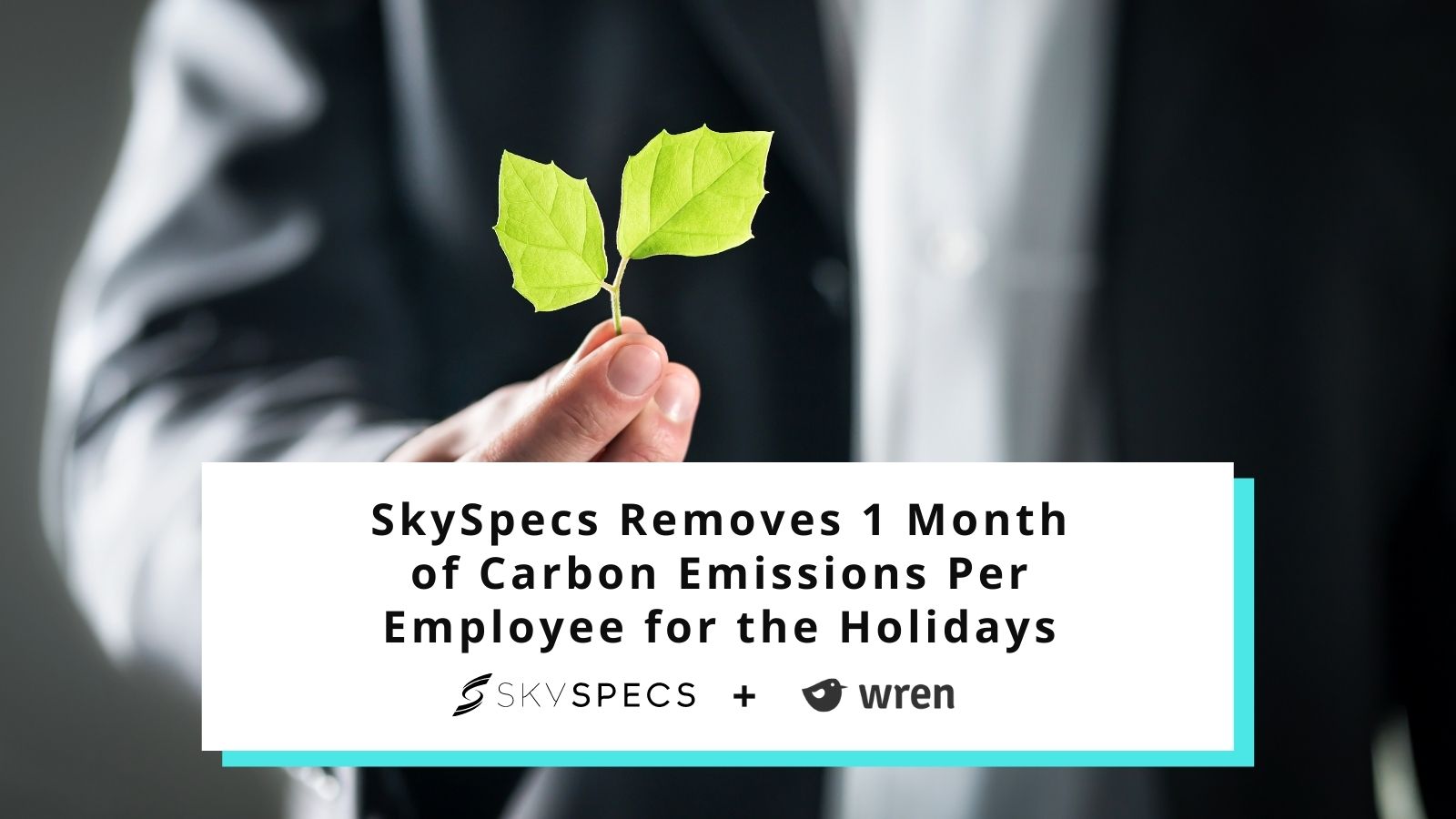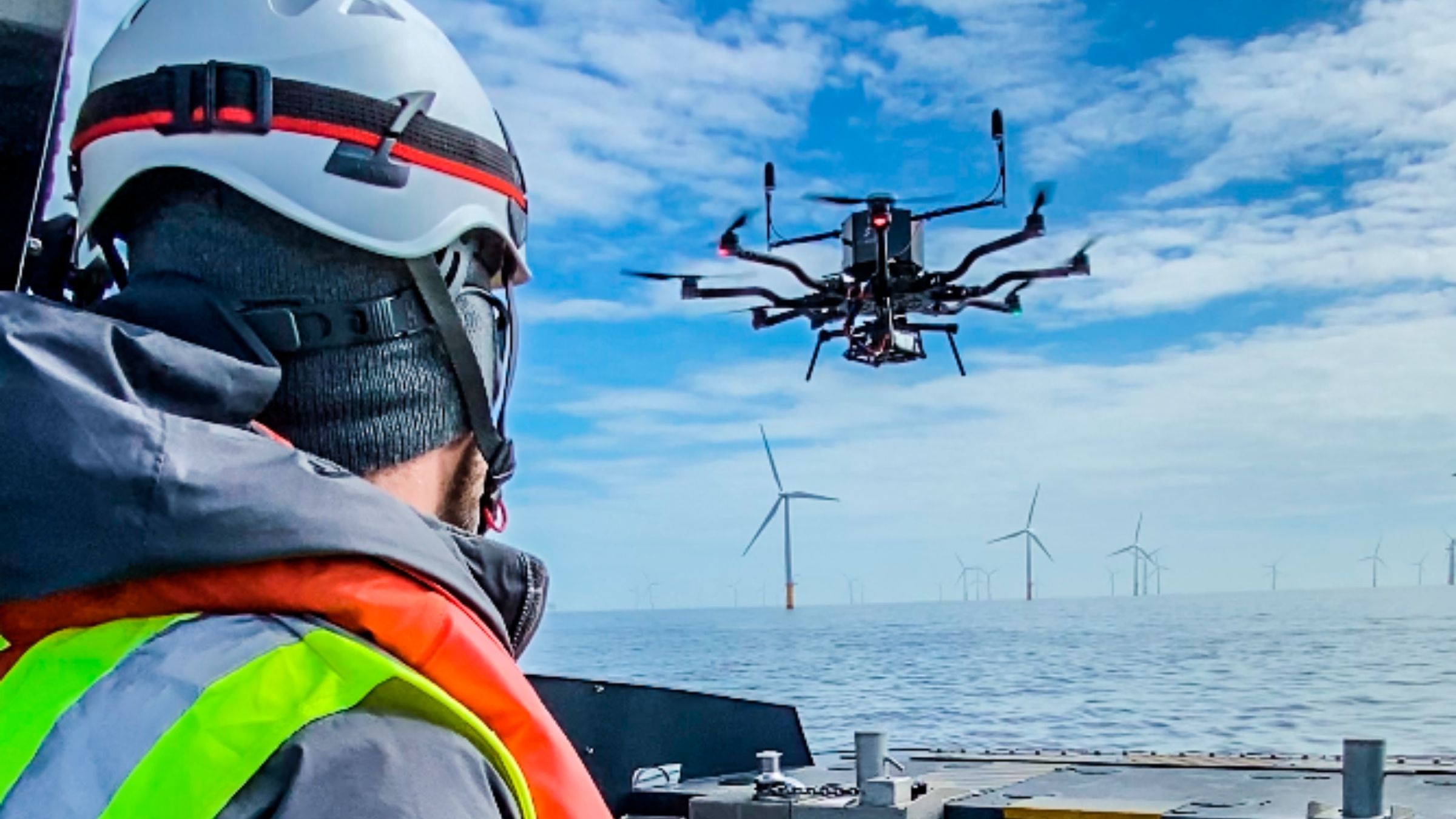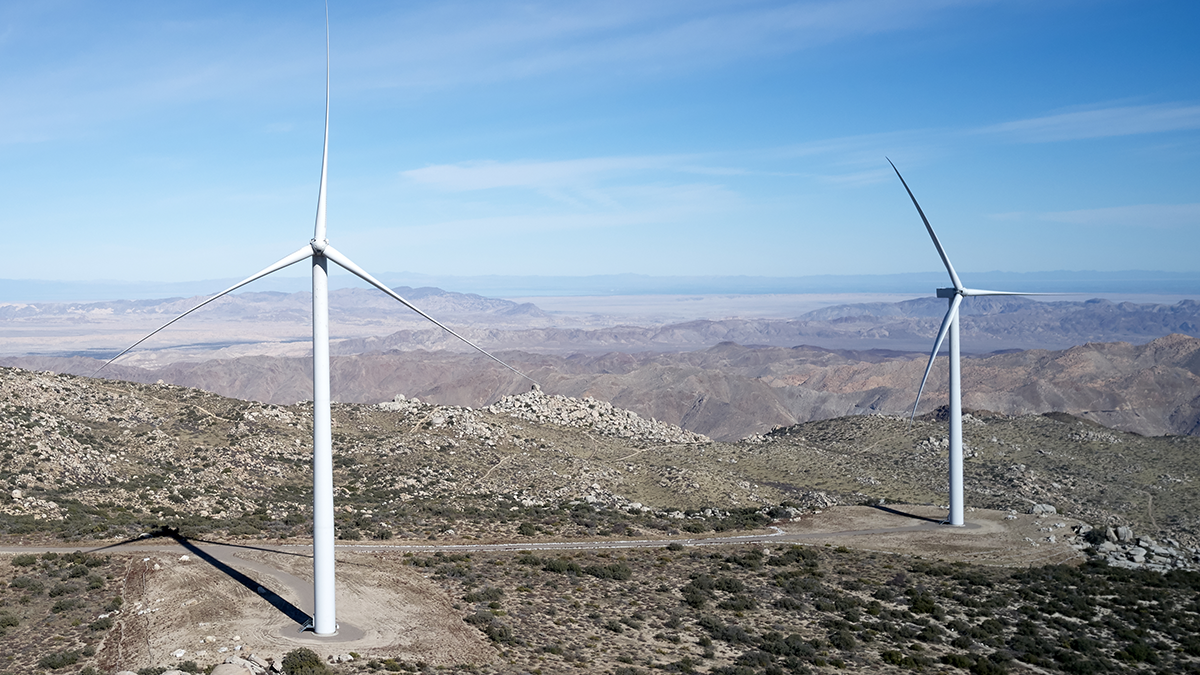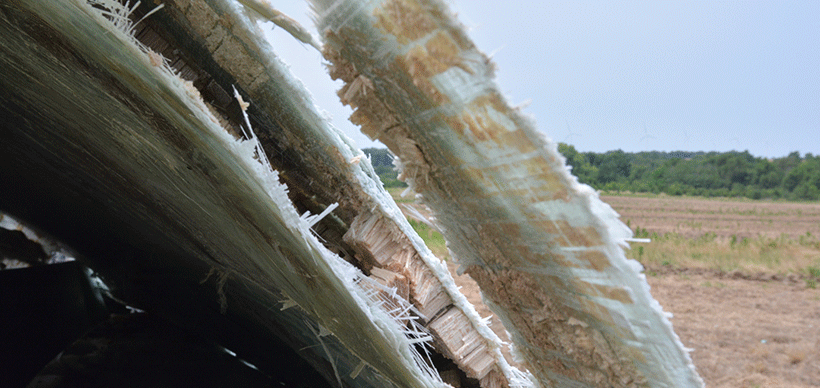As a company focused on making renewable energy a robust and efficient part of the future, it’s our responsibility to consider the environmental impact our day-to-day operations have on the global climate scene. This goes beyond the organization as whole — as individuals, we have a personal connection to investing in and protecting the future of our planet for generations to come.
Every time we take a flight, drive to work, turn up the heat, or eat a hamburger, we’re responsible for some amount of carbon emissions. These emissions increase the amount of carbon dioxide in the atmosphere, contributing to the overall climate crisis.
In an effort to do our part in the fight against pollution, climate change, and global warming, SkySpecs donated to the The Wren Climate Fund on behalf of each member on our team. This organization supports projects that plant trees, promote regenerative agriculture, and otherwise reduce or remove CO2 emissions.
With teams all around the world, we were able to offset a grand total of 560 tons of carbon, starting 2022 off on the right foot.
Some of our employees have continued to contribute and are fully committed to reversing their impact on our climate, one carbon footprint at a time. Here’s what one of our amazing team members had to say about their passion for the Wren Climate Fund project:
“Very honestly, it’s about time that I took this extra step to offset some of the impact my daily life has on the environment. Part of the reason I chose to work at SkySpecs over other places was that so many of our business goals aligned with a greener future. I want to do whatever I can to contribute to that vision. Many of my colleagues have echoed the same thoughts and these reasons combined made my decision a no-brainer.” — Vinnie Babu, Director of Operations at SkySpecs.
How Does The Wren Climate Fund Work?
Wren’s carbon offset program relies on evidence-based practices using UC Berkeley’s CoolClimate Network and data from the World Bank to estimate one’s carbon footprint. Carbon offset is then generated by funding projects built around carbon capture—rain forest preservation using satellite and drone images to detect fire and other sources of biomass loss in the Amazon Rainforest, community tree planting in East Africa, and even mineralizing regions to speed up the carbon capture cycle in Scotland (aka regenerative agroforestry).
To do your part in tackling this climate crisis, start by calculating your carbon footprint.



